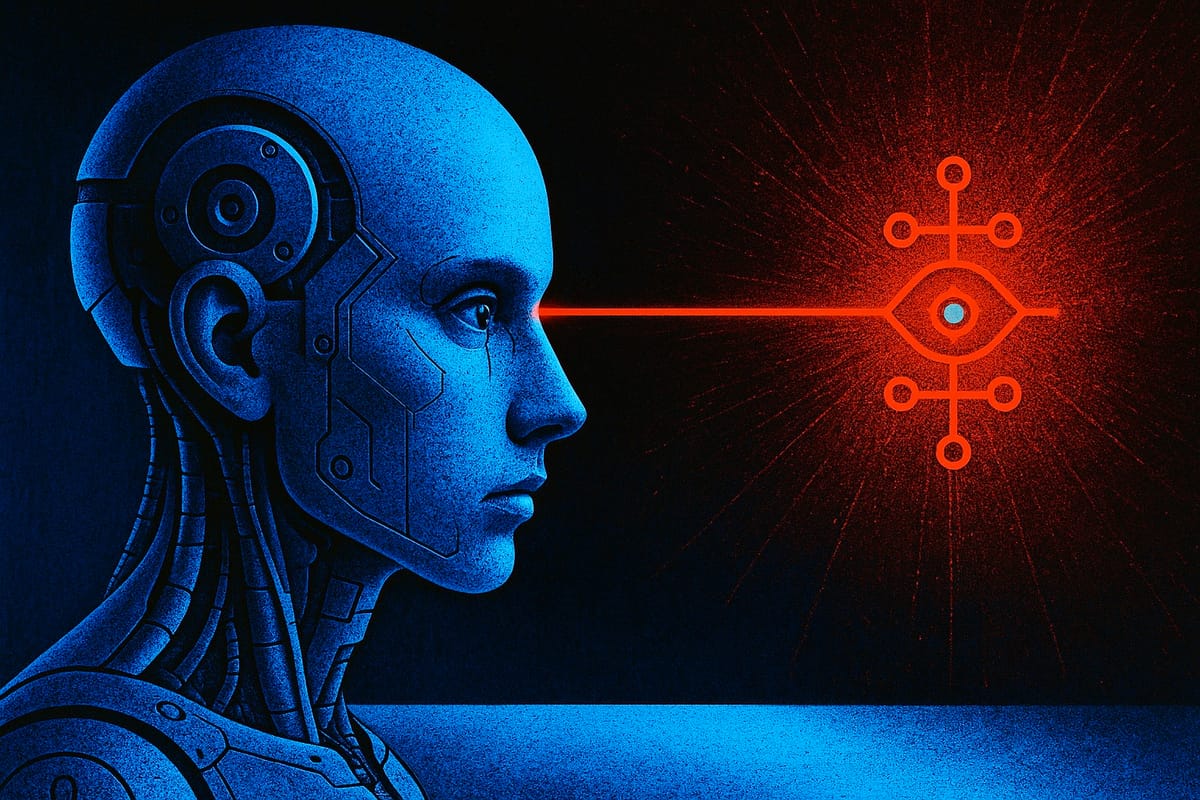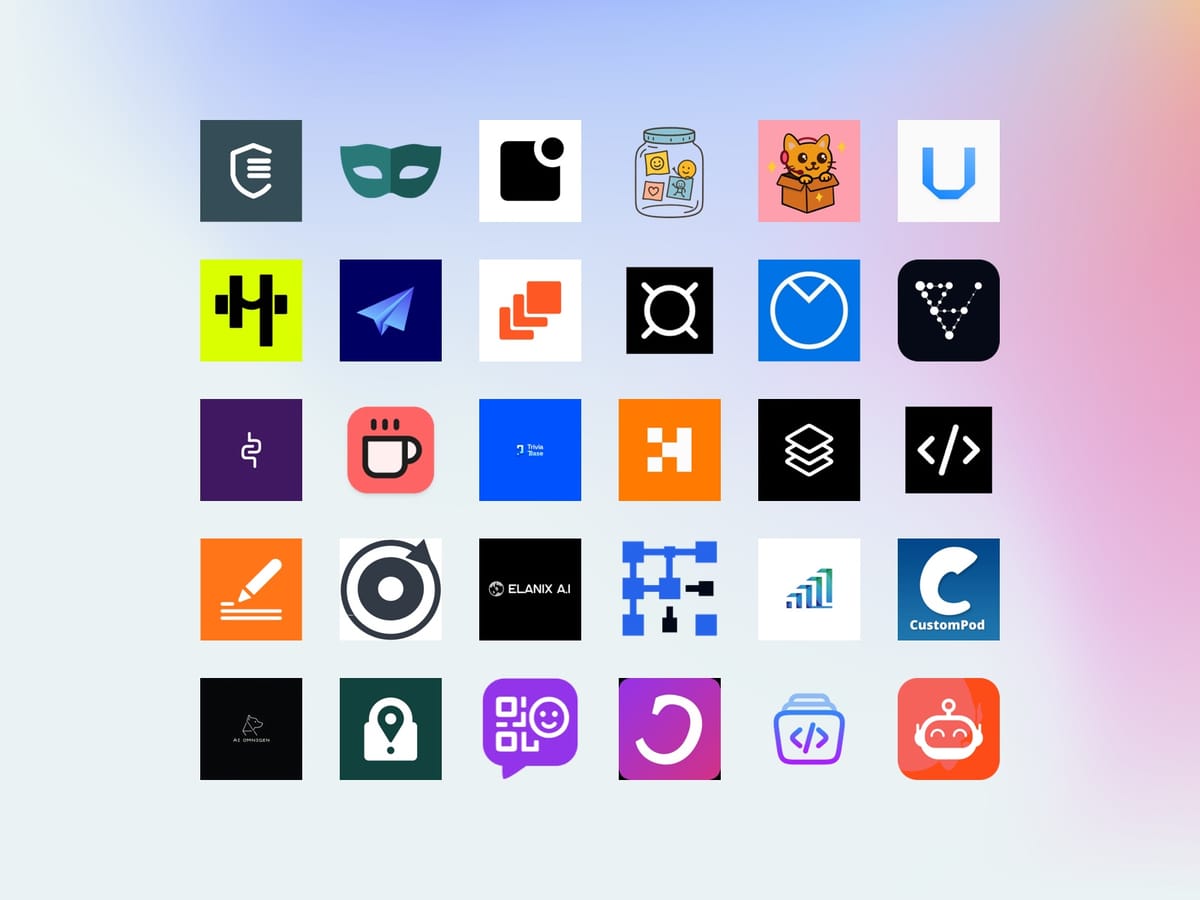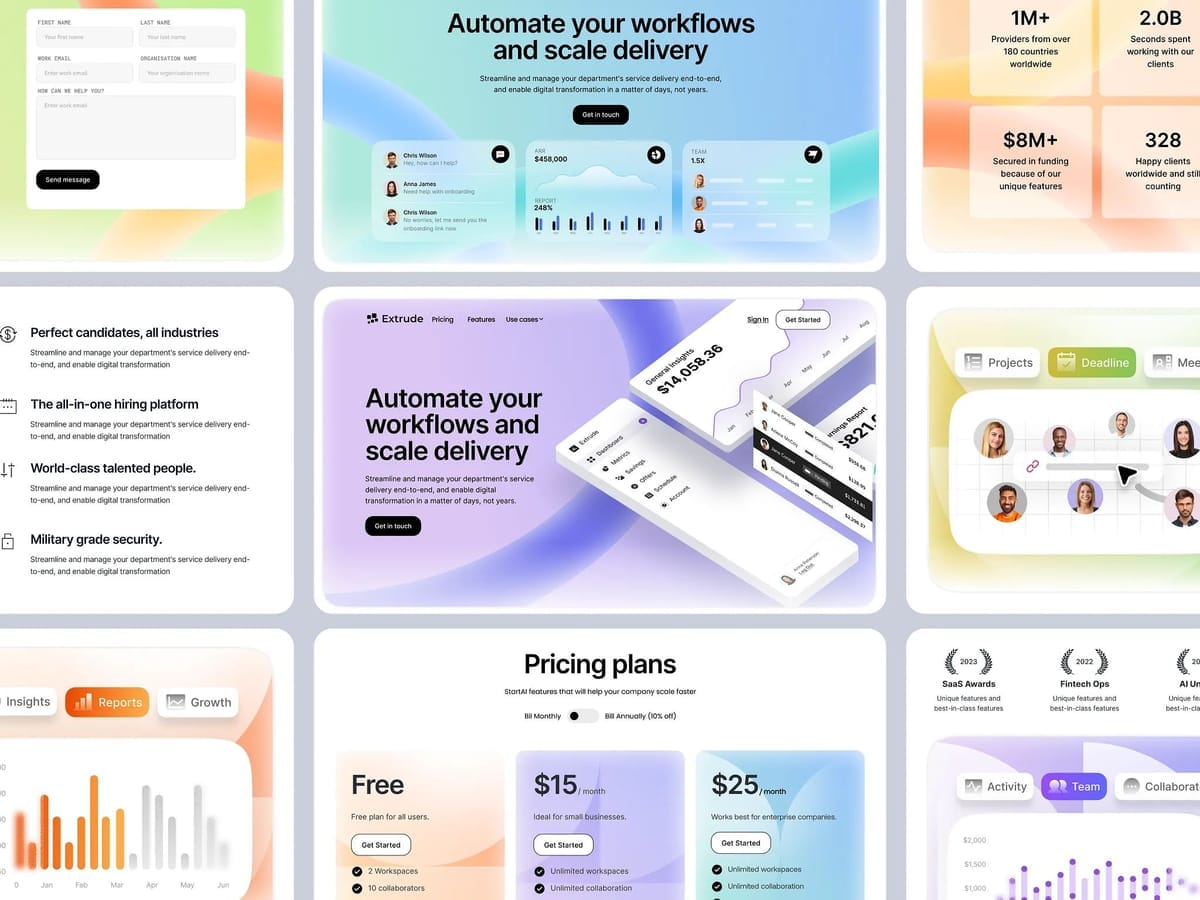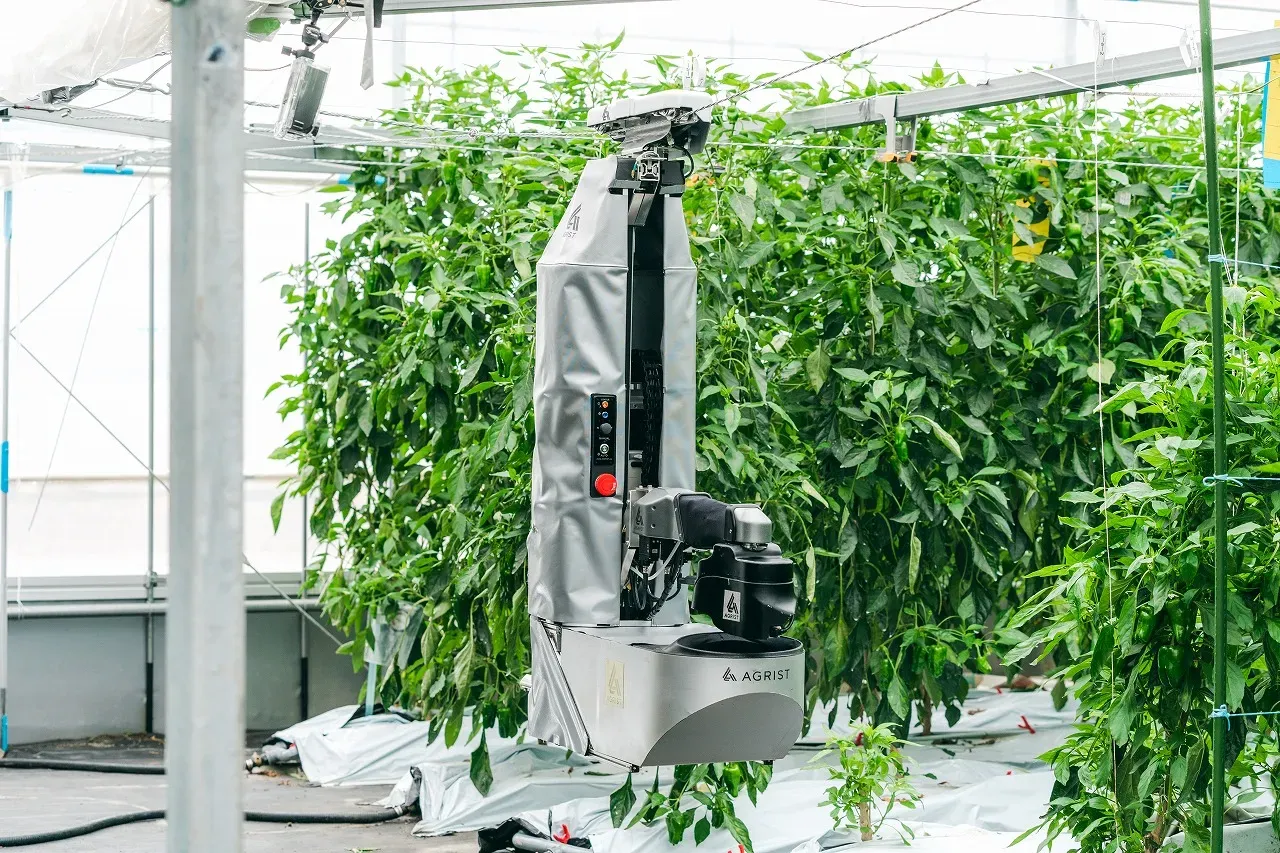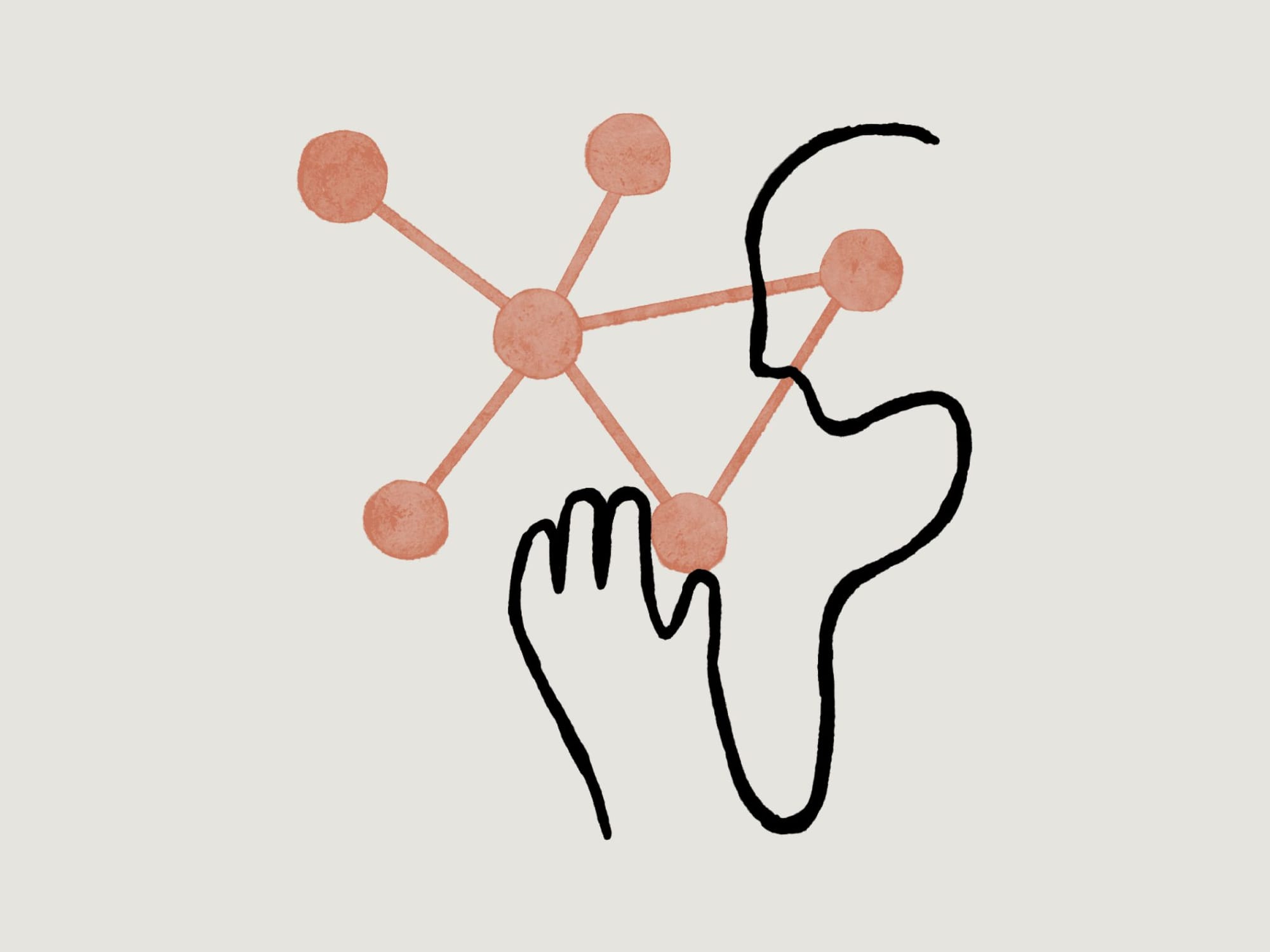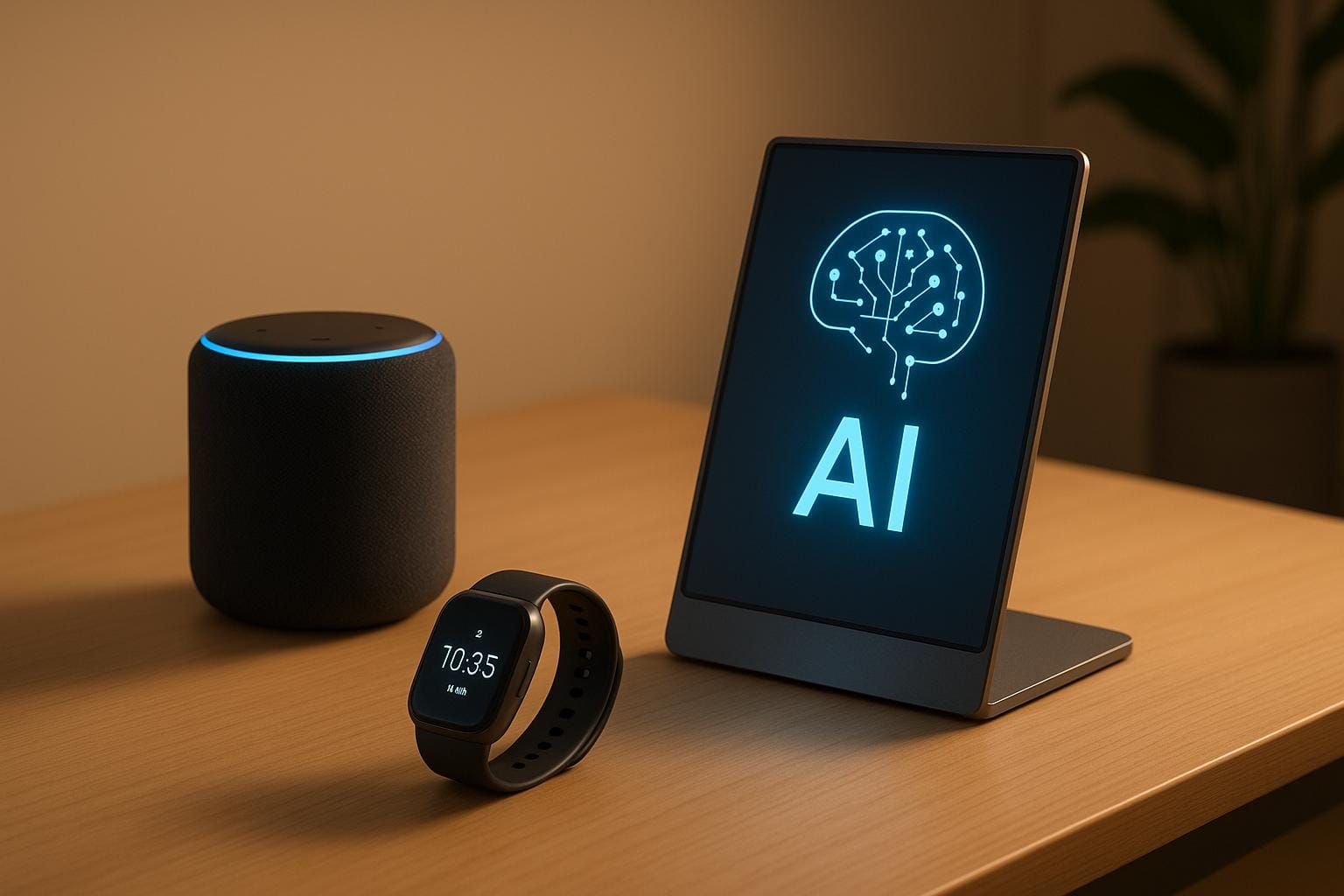AI has been the most promising disruptive technology for some time now, and its application will soon become ubiquitous in the industry.
PwC's Global Artificial Intelligence Study confirms this: AI is expected to contribute up to $15.7 trillion to the global economy in 2030.
Artificial intelligence is set to be the key source of transformation in virtually every industry. It will continue to evolve and solve efficiency, accuracy, and productivity shortfalls.
Software development teams, too, can leverage AI-powered tools to become more productive and efficient.
AI can automate repetitive tasks like code generation, testing, and debugging for common functionalities. This frees up developers to focus on the creative aspects of problem-solving and designing innovative solutions.
AI can also analyze large codebases to identify potential errors, security issues, or areas for improvement, saving developers valuable time and effort. Read on to discover more use cases and examples of how AI can help with software development.
Understanding AI in Software Development
No, AI is not going to replace software engineers! Neither is it the silver bullet to quash all existing software development challenges.
Instead, it's being used as a powerful tool shaping the future of the domain. Tech leaders who embrace AI coding tools and deep learning can improve their teams' productivity and efficiency, translating to a competitive advantage in the ever-evolving tech landscape.
From the initial design phase, AI systems can assist teams in crafting effective, sustainable solutions. As AI tools accelerate decision-making, coding, documentation, and delivery, the entire software development lifecycle becomes smoother.
Debugging is expected to become obsolete as AI helps identify and analyze code to fix issues faster. This leads to faster feature rollouts, quicker bug squashing, and a more responsive development cycle.
To understand AI's practical applications, let's look at software engineering trends and use cases.
How to Use AI in Software Development
AI presents several opportunities for software development, but wielding these tools effectively requires knowing when and how to integrate them into your workflow. Let's delve into the most promising applications of AI and machine learning, which will shape the future of the coding process and product development.
1. Automated Code Review and Testing
Quality assurance in the pre-AI era relied on the highly repetitive process of frequent code reviews and manual checks. AI injects efficiency into this process by automating much of the testing process.
These tools use machine learning algorithms trained on massive datasets of code to analyze your codebase for various issues such as code smells, potential bug identification, and addressing security vulnerabilities.
In essence, AI complements human testing to achieve the most comprehensive coverage. It can also conduct A/B testing, comparing program variations to identify the optimal solution.
2. Generating Documentation
Generate clear documentation like visual reports, aiding developers in pinpointing issues and ensuring consistency throughout the project lifecycle.
3. Debuggers
Debuggers are powerful tools that empower programmers to dissect and troubleshoot their code, eradicating bugs and ensuring a smoothly functioning program. However, they can also be time-consuming, especially in complex codebases.
SinCode, an AI tool, can help you analyze code execution traces and pinpoint the exact line causing unexpected behavior. It uses machine learning to correlate code changes with subsequent errors, helping developers understand the root cause more effectively, especially for intermittent or hard-to-reproduce bugs.
4. Refactoring
Improve code readability, maintainability, and performance with refactoring. Refactoring doesn't add new features or change what the program does. It's about making the existing code cleaner, more efficient, and easier to manage in the long run.
As a software developer, you can use Sourcery, which analyzes your code and suggests refactoring opportunities based on best practices and common patterns. It can identify areas where code duplication can be eliminated, functions can be simplified, or variable names can be made more descriptive. Sourcery provides developers with clear explanations and code examples for suggested refactorings, allowing them to improve code quality efficiently.
5. Maintaining Legacy Code
Maintaining legacy code refers to the ongoing process of keeping an older codebase functional and up-to-date. This codebase could be written in an outdated programming language, use obsolete libraries, or simply lack the organization and clarity that modern coding practices emphasize.
For maintaining legacy code, software developers can use DeepCode, an AI-powered tool designed to assist developers in maintaining and improving legacy codebases. It leverages machine learning models trained on vast datasets of code to analyze your code for code smells, bug issues, and vulnerabilities in open-source code. It also provides contextual information for each issue, including code references and potential fixes.
For instance, Synk employs an industry-unique process to create the DeepCode AI knowledge base that powers Snyk Code. By combining symbolic and generative AI, several machine learning methods, and the expertise of Snyk security researchers, they ensure a high level of accuracy without hallucinations.
6. Natural Language Processing (NLP) Integration
With AI, you can write code by simply describing what you want it to do! NLP tools bridge the gap between human language and code. Developers can leverage these tools to convert natural language requirements into functional code, reducing the need for manual coding and lowering the barrier to entry for new developers of programming languages.
For example, NLP integration might allow you to describe a desired feature, like a login screen, that requires a username and password for authentication, and the tool could translate this description into the corresponding code for building that login screen.
Software developers can leverage Microsoft Copilot (not to be confused with GitHub Copilot), an AI-powered tool that integrates Natural Language Processing (NLP) to become a developer's best writing buddy. It understands the code you write. It doesn't just analyze lines and functions but grasps the logic and intent behind your creation.
The tool uses its NLP power to translate your explanation into clear, concise, and well-structured documentation. Let's say you're refactoring a section of the code and want to ensure you've kept everything intact.
Copilot can analyze your changes and predict potential side effects. It uses its understanding of the code's relationships and dependencies to highlight areas where unintended consequences might arise.
7. Copilot Tools
AI copilot tools act as intelligent coding assistants. They're like having a collaborator who understands your coding style, remembers your project context, and can predict what you might need next.
Copilots analyze your existing code, project structure, and coding style to suggest relevant code snippets, function calls, and variable names as you type. This context-aware intelligence significantly reduces the chances of errors and repetitive coding tasks.
Such tools can understand your code's purpose and propose lines or even code blocks that fit seamlessly into your project. This can be particularly helpful when working with unfamiliar libraries or frameworks, as a copilot tool can suggest the correct syntax and usage based on its understanding of the context.
Some popular copilot tools you can use:
GitHub Copilot (Built on OpenAI Codex)
- USP: Seamless integration with GitHub, context-aware code completion, and multi-language support
- Review: "Most of the time it is suggesting code that I would have to sit there and write out anyway, if the suggestion is wrong I just start typing what I want and it usually figures it out pretty quick." – MasterEvanK, Reddit
- USP: Personalized code suggestions based on your coding style and project context, offline functionality, and integration with various IDEs
- Review: "Quickly Adapts to my Code style and formats, updating to accommodate for Variables and Functions I have defined. Quickly Extrapolates the direction your code is going and offers contextual suggestions. It has sped up my development time and helped me as I learn new languages. I also like that it works with every IDE" – David C, G2
- USP: Focuses on code quality and maintainability; analyzes code for potential issues, suggests refactoring opportunities, and automatically generates documentation
- Review: "Codeium is very easy to use and provides really helpful suggestions. Since it's all on-premise, it's super fast, even as a remote worker, it's unnoticeable."– Eric Y., G2
8. Specialized AI Bots
AI models and machine learning algorithms can be trained on your organization's specific data—code repositories, version control systems, knowledge management platforms, and more. You create custom AI 'bots' that understand your unique system.
For example, by democratizing AI for developers, platforms like ChatGPT Playground and Hugging Face are breaking down barriers to entry. These platforms offer pre-trained AI models and tools that developers can use to build their custom models. This allows developers to go beyond pre-built solutions and tailor AI functionalities to the specific needs of their applications.
These bots can access and analyze natural language insights. New hires—and even seasoned engineers—can ask questions and get valuable guidance.
Stuck with code suggestions? The bot can analyze your codebase and suggest solutions or relevant documentation. Facing a production performance issue? The bot can point you toward the right engineers or resources to troubleshoot the problem.
Generative AI bots bridge the knowledge gap left by outdated documentation and lost institutional knowledge to help engineers of all experience levels navigate their systems, find answers, and be more productive.
Alibaba, China's largest e-commerce company, uses five AI chatbots to handle customer interactions on Taobao, which account for about 75% of Alibaba's online and 40% of phone hotline consultations. Initial results show that the chatbots have increased customer satisfaction by 25% and saved the company more than $150 million annually.
Alibaba acknowledges that AI, despite its achievements, is not a complete replacement for human customer service. For straightforward questions, AI can effortlessly answer users.
However, in complex situations like disputes, AI steps in by automating manual tasks (gathering appeal/voucher details and offering preliminary solutions). Humans then review the AI's findings along with additional information to deliver final judgments.
To optimize this collaboration, Alibaba continuously invests in seamless human-machine interaction. Their AI bots constantly monitor interactions, identifying customer issues and limitations of AI support.
9. Predictive Analysis and Project Management
Juggling tasks, resources, and tight deadlines often feel like a high-wire act. So strategic planning and flawless execution are paramount. But thankfully, AI is stepping onto the project management stage, offering powerful tools to streamline workflow and boost profits.
AI can analyze resource allocation and historical project data, acting as a crystal ball to predict future timelines, resource needs, and potential roadblocks. Armed with these insights, project managers can make informed decisions, allocate resources efficiently, and proactively mitigate risks.
For example, Odin is a generative AI-based enterprise productivity tool that simplifies project collaboration and resource management.
AI can identify repetitive tasks that bog down your team. By automating these tasks, it frees up valuable time for developers to focus on core coding initiatives.
The Future of AI in Software Development
As AI continues to evolve, its integration into software development will only deepen. Machine learning algorithms will become more sophisticated, natural language processing will become more intuitive, and predictive capabilities will become more accurate.
The key for development teams is to embrace these tools thoughtfully, understanding that AI is meant to augment human capabilities rather than replace them. By leveraging AI for routine tasks, debugging, and optimization, developers can focus on the creative and strategic aspects of software creation that truly drive innovation.
Organizations that successfully integrate AI into their development workflows will gain significant competitive advantages through faster delivery times, higher code quality, and more efficient resource utilization. The future of software development is not about choosing between human expertise and artificial intelligence—it's about creating powerful synergies between both.
Related Articles & Suggested Reading
